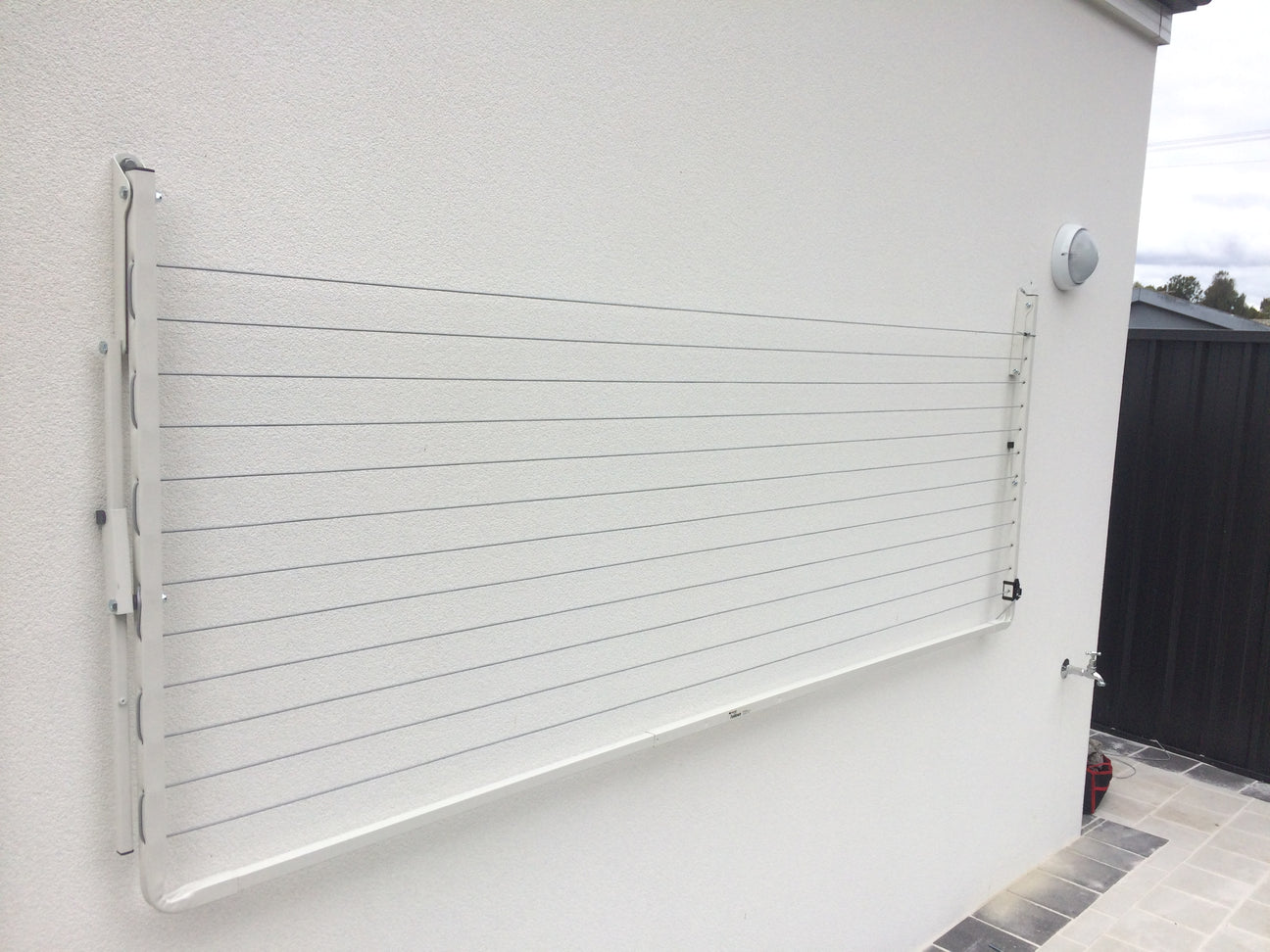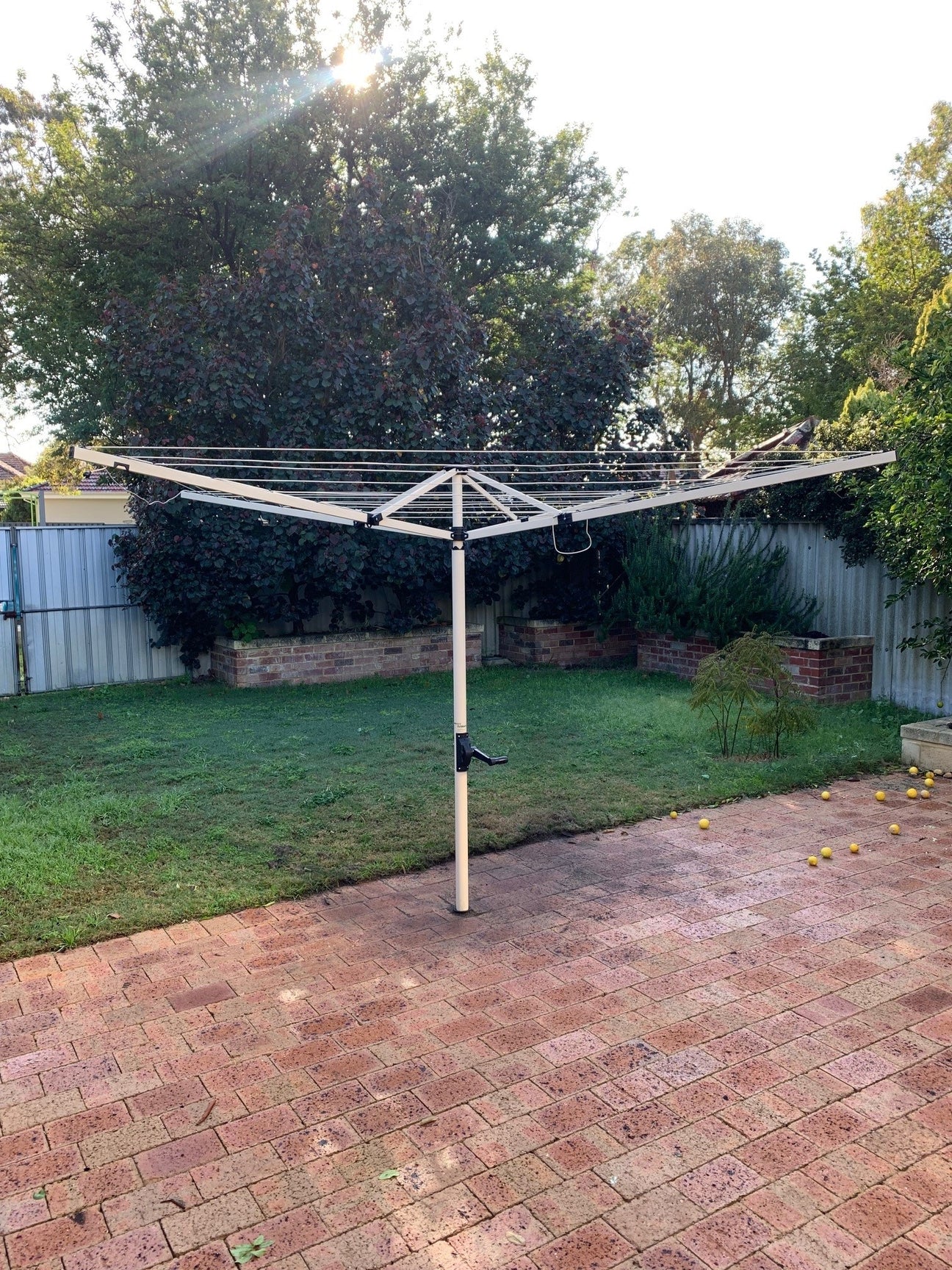The Australian sunshine offers a perfect natural resource for drying clothes. With abundant sunlight throughout the year, many Australians opt for outdoor drying methods rather than energy-consuming tumble dryers. This practice not only reduces electricity bills but also extends the life of garments by avoiding the harsh tumbling and heat of mechanical dryers.
Selecting the right clothesline might seem straightforward, but various factors influence this decision. The climate where you live, available space, family size, and personal preferences all play significant roles in determining which type will serve you best. A well-chosen clothesline becomes an essential household tool that can last for decades with proper care.
Choosing the Right Clothesline for Australian Weather Conditions
Apr 2

Types of Clotheslines Available
Rotary clotheslines remain one of the most popular options for Australian homes. These umbrella-shaped structures spin freely, allowing access from all sides and maximising the drying space while occupying minimal ground area. Most models can be folded down when not in use, making them practical for yards where space serves multiple purposes.
Fixed line systems, such as the traditional parallel line setups offered by Austral Clotheslines https://www.aussieclotheslines.com.au/collections/austral-clotheslines, provide substantial hanging space for larger households. Retractable options offer flexibility for smaller areas, allowing the lines to be extended when needed and hidden away afterward. Wall-mounted folding frames present another space-saving alternative, particularly suitable for apartments or homes with limited outdoor areas. Each design has its strengths, making it important to assess your specific needs before purchasing.
Weather Considerations for Different Regions
Northern Australian regions experience high humidity and frequent rainfall during wet seasons, making quick-drying, rust-resistant clotheslines essential. Rotary lines work well in these areas as they can catch breeze from any direction, speeding up the drying process even on humid days. Some homeowners install covered clotheslines or lines that can be quickly retracted when sudden storms appear.
In southern states where winter brings colder temperatures and less sunshine, positioning becomes crucial. A clothesline placed in a north-facing location will receive maximum sun exposure during winter months. According to the Australian Government's Energy Rating website https://www.energy.gov.au, strategic placement of outdoor drying facilities can reduce household energy consumption by up to 5% annually. For areas with unpredictable weather patterns, combination systems that allow both indoor and outdoor drying provide the best versatility.
Space and Installation Requirements
Before purchasing a clothesline, measuring your available space accurately helps avoid disappointment. Allow enough room not just for the structure itself but also for walking around it and for clothes to hang without touching fences, plants or other obstacles. Most rotary clotheslines need approximately 3-4 metres of clear diameter, while fixed lines require sufficient length and access space.
Installation requirements vary by type. Some systems need concrete footings for stability, particularly in areas prone to strong winds. Others can be installed with ground sockets or wall brackets. Many Australian homeowners prefer professional installation to ensure the clothesline stays secure during harsh weather conditions. For rental properties, free-standing options that don't require permanent fixtures offer practical solutions while complying with lease restrictions.

Durability and Material Selection
The harsh Australian climate demands clotheslines made from weather-resistant materials. Galvanised steel and aluminium dominate the market due to their rust resistance and strength. Premium models often feature powder-coated finishes that provide additional protection against UV damage and extend the visual appeal of the product.
Line materials matter as much as the frame. PVC-coated lines prevent dirt buildup and resist stretching over time, while stainless steel wires offer superior strength for heavier loads. The connection points and tensioning mechanisms represent potential weak spots in any clothesline system, so examining these components before purchase pays dividends in longevity. Quality clotheslines from established manufacturers typically offer warranties ranging from 5-15 years, reflecting their expected lifespan under normal conditions.
Maintenance Tips for Longevity
Regular cleaning prevents dirt and bird droppings from transferring to clean clothes. Wiping down lines with a damp cloth every few months removes accumulated grime, while checking tension helps maintain optimal line performance. For rotary clotheslines, lubricating the central pivot point annually keeps the spinning mechanism working smoothly.
Protective covers extend the life of rotary clotheslines by shielding them from constant sun exposure when not in use. During extreme weather events like cyclones or severe storms, retractable or removable clotheslines should be stored away. Winter presents an ideal time to inspect for any rust spots or damage, applying touch-up paint to exposed metal before small issues become major problems. With proper care, a quality clothesline serves as a reliable household tool for many years, making the initial investment in a superior product worthwhile.
